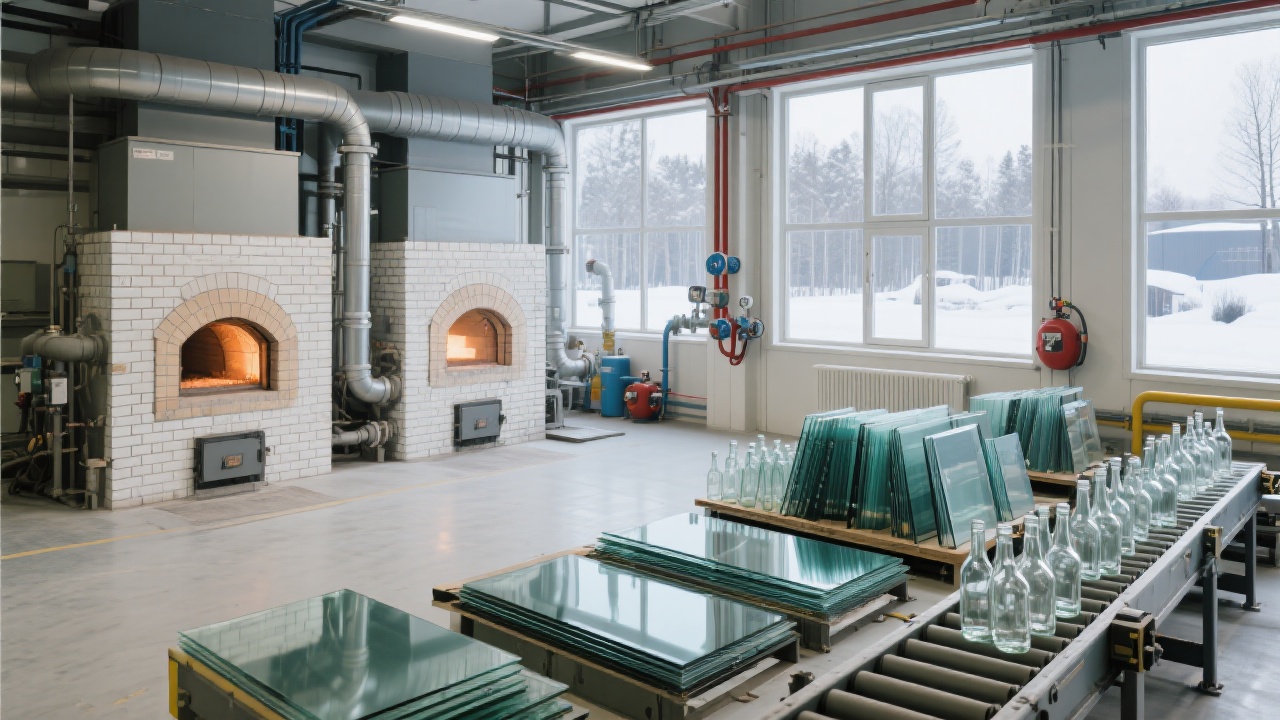
In the field of ceramic and composite material heat treatment, high-temperature kiln furniture plays a crucial role. However, rapid temperature changes, such as quick heating and cooling, often pose significant challenges to kiln furniture. For instance, in a ceramic manufacturing plant, improper temperature control during the heat treatment process led to a 30% increase in kiln furniture damage rate within a month. This not only increases production costs but also affects the continuity of production.

Cordierite has become a reliable choice for high-temperature kiln furniture due to its unique physical properties. Firstly, it has a low density, which is about 1.8 - 2.1 g/cm³, much lower than some other ceramic materials. This low density reduces the overall weight of the kiln furniture, making it easier to handle. Secondly, cordierite has a porous structure. This porous nature gives it excellent thermal shock resistance. When exposed to rapid temperature changes, the pores can absorb and disperse thermal stress, preventing cracks from forming. In fact, according to research data, cordierite kiln furniture can withstand temperature changes of up to 800°C without significant damage, while traditional kiln furniture may crack under a temperature change of only 300°C.
There are several reasons for the cracking of kiln furniture. Temperature gradient is one of the main factors. When the temperature difference between different parts of the kiln furniture is too large, thermal stress will be generated, leading to cracking. For example, if the outer layer of the kiln furniture is heated rapidly while the inner layer remains cold, it is very likely to crack. Improper operation is also a common cause. Loading and unloading the kiln furniture too quickly or using it beyond its temperature limit can all cause damage. In addition, fatigue accumulation over time can also weaken the structure of the kiln furniture, increasing the risk of cracking.
To ensure the long - term use of cordierite kiln furniture, systematic maintenance is essential. Regular visual inspections should be carried out to check for any visible cracks or damage. Ultrasonic testing can also be used to detect internal defects that are not visible to the naked eye. During maintenance, it is important to clean the kiln furniture regularly to remove any debris or contaminants that may affect its performance. Also, proper storage is crucial. Store the kiln furniture in a dry and cool place to prevent moisture absorption and corrosion.
The choice and use of kiln furniture vary depending on different application scenarios. In ceramic heat treatment, cordierite kiln furniture is very suitable for high - precision processes at 1000°C - 1300°C. In metal heat treatment, although cordierite also has good performance, in some cases where higher temperature resistance is required, other materials may need to be considered. For composite material heat treatment, the porous structure of cordierite can help in the release of gases generated during the process, improving the quality of the final product.
Preventive maintenance of kiln furniture can significantly reduce costs. By regularly maintaining and inspecting the kiln furniture, potential problems can be detected and solved in advance, avoiding sudden failures and the need for frequent replacements. For example, a company reduced its kiln furniture replacement cost by 40% after implementing a preventive maintenance program. This not only saves money but also improves production efficiency and ensures product consistency.
In conclusion, choosing the right high - temperature kiln furniture and implementing proper maintenance methods can help you avoid frequent replacements of kiln furniture, reduce downtime costs, and improve the stability of heat treatment processes. If you want to learn more about high - temperature kiln furniture selection and maintenance, click here for more detailed information.

